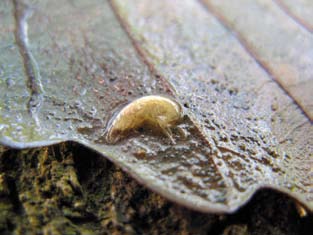Climate, abiotic factors, and the evolution of subterranean life
DOI:
https://doi.org/10.3986/ac.v39i3.85Abstract
Climate, and more generally the physical conditions in caves and other subterranean habitats have a profound influence on the biota. At longer time scale (centuries), climate change can force and/or isolate species in subterranean habitats. Not only Pleistocene climate changes, but earlier ones as well, suchas the Messinian salinity crisis were important in this regard. While many speleobiologists assume that caves are nearly constant environmentally and withscarce organic carbon, this is not the case, especially in non-cave subterranean habitats. Many shallow subterranean habitats, suchas epikarst, seepage springs, and talus harbor highly modified organisms, ones without eyes and pigment and withelongated appendages. Yet these habitats are highly variable withrespect to temperature and other environmental factors, and often have highlevels of organic carbon. Overall, the role of these shallow subterranean habitats in the evolution and biogeography of subterranean species may be crucial. On smaller spatial scales, environmental differences, suchas differences in chemistry of epikarst water, may be important in allowing large numbers of species to coexist.
Downloads

Downloads
Published
How to Cite
Issue
Section
License
Authors guarantee that the work is their own original creation and does not infringe any statutory or common-law copyright or any proprietary right of any third party. In case of claims by third parties, authors commit their self to defend the interests of the publisher, and shall cover any potential costs.
More in: Submission chapter




